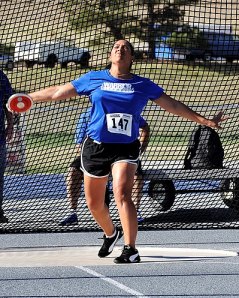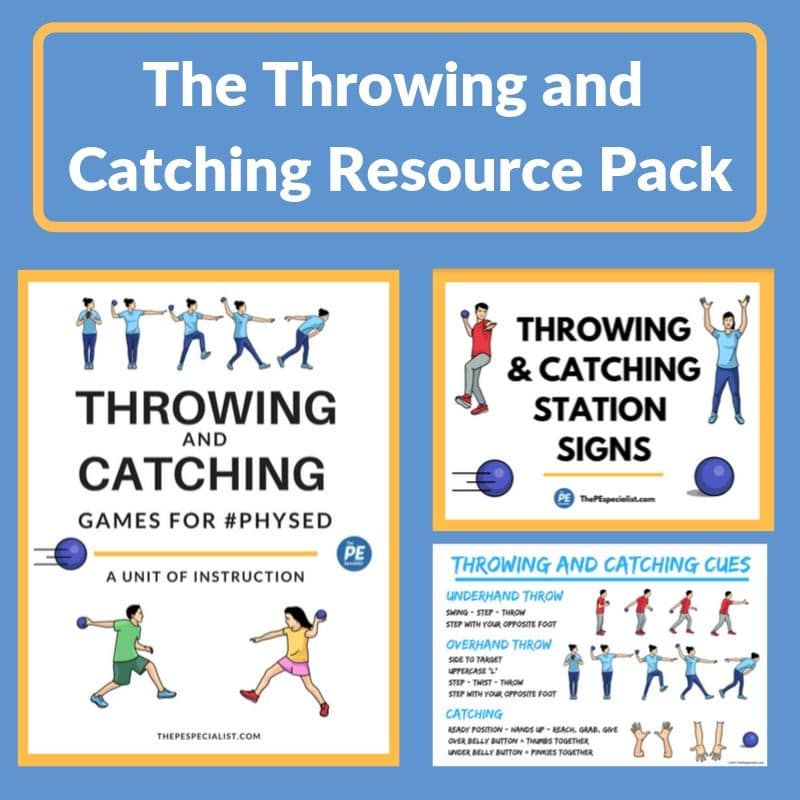All about 4throws
Wiki Article
Some Of 4throws
Table of ContentsSee This Report about 4throws8 Easy Facts About 4throws ExplainedA Biased View of 4throws3 Easy Facts About 4throws ExplainedHow 4throws can Save You Time, Stress, and Money.
If not, the young bottles may be more probable to have elbow joint and shoulder injuries. It is usual for a train to "secure" a pitcher when the optimum number of pitches has actually been tossed or if the game scenario requires a change. If the pitcher remains to play in that video game, he must be placed at shortstop or third base where long hard tosses are needed on a currently exhausted arm.This mix results in also numerous tosses and enhances their threat of injury - Javelins. The most safe location is relocating to second or 1st base where the tosses are shorter and less stress and anxiety is put on the arm. It is additionally important to understand how much time to relax young bottles in order to allow the very best recuperation in between trips
Pitchers ought to likewise ice their shoulders and joints for 20 minutes after throwing to promote recuperation. Some players may use more than one team in a season. This warrants attention to proper rest. Body and arm fatigue modification technicians and lead to injury. When playing on several teams, think about pitching on just one and playing a field placement on the various other (not catcher).
Any individual can toss a round "over-hand," yet not every person can do it well. While throwing a sphere appears basic, it is really a complicated collection of motions. Precise throwing with pressure or speed requires the entire body and not just the shoulder and arm. Every part of the musculoskeletal system is literally involved.
Not known Incorrect Statements About 4throws

(https://forums.hostsearch.com/member.php?274338-4throwssale)The shoulder joint is made up of three bones, scapulae, clavicle and humerus. The head of the humerus hinges on the Glenoid fossa of the scapula where it expresses when the muscular tissues of the shoulder agreement to relocate the arm. The head is held "versus" the glenoid surface area using the 4 Rotator Cuff (RTC) muscles, which act in unison and create a pressure couple when the arm is moved.
The more the shoulder can be externally rotated while it is abducted, the better the round can be tossed with pressure and speed, offering all various other body components and motions are in synch. If any kind of element of these technicians is "off," an injury can strike the shoulder or elbow joint that can lead to the inability to toss a ball.
It is the beginning of the tossing motion, preparing the "body components" for the act of throwing a round. Movement takes place in the lower extremities and torso where the substantial majority of "power" to toss a ball is created.
See This Report on 4throws
This shoulder position places the former top quadrant musculature on a "stretch" and prepares it to get powerfully when the arm starts to move on in the following stage of the throwing movement. The body starts to progress in the direction of its target throughout this phase. The lead shoulder is guided at the target and the tossing arm proceeds to move into severe external turning.
When the round is released, the posterior quadrant musculature begins to get eccentrically and violently to decrease and manage the rotational speed of the Humeral head. In concept, if the eccentric control of the Humeral head did not happen the arm would remain to turn internally and "spin" uncontrollable.
The Best Strategy To Use For 4throws
The last stage of throwing is the follow-through. This phase reduces down all body motions and quits the forward activity of the body.
Tossing a ball "over-hand" includes activity in all parts of the body. If the auto mechanics are executed correctly, the sphere can be tossed with fantastic speed and precision. If the body is trained correctly, the act of throwing can be done repetitively without causing an injury to the tossing shoulder.

Paul Whatley, M.D. "When I was a youngster, baseball was only in the spring and very early summer season, so youngsters had a lot of time to recover from any kind of problems credited to repetitive movements and stress," he claims. "Now, in order to stay up to date with every person else, there is intense stress for gamers to go from the spring period directly right into summertime 'All-Star' events and displays, complied with by 'Fall Sphere.' There can be really little time for the body to recoup from a sport where rep is the essential to creating the muscle mass memory for success.
All about 4throws
When this motion is done over and over at a high rate of speed, it places significant tension on the development locations of the elbow and the anatomical framework of the shoulder, specifically in the late cocking and follow-through phases. Due to this, several of one of the most typical injuries seen in baseball players influence the shoulder and joint.Report this wiki page